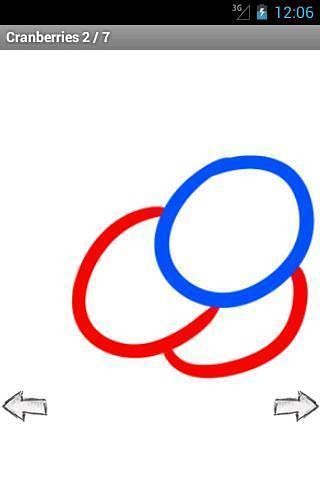How to Draw Up a Loan Agreement: A Comprehensive Guide to Securing Your Financial Future
Guide or Summary:Understanding the Importance of a Loan AgreementKey Components of a Loan AgreementSteps to Create Your Loan AgreementWhen it comes to borro……
Guide or Summary:
- Understanding the Importance of a Loan Agreement
- Key Components of a Loan Agreement
- Steps to Create Your Loan Agreement
When it comes to borrowing or lending money, having a well-structured loan agreement is crucial. Whether you're a lender looking to ensure your investment is protected or a borrower seeking to clarify the terms of your obligation, knowing how to draw up a loan agreement can save you from potential disputes and misunderstandings in the future. This guide will walk you through the essential components of a loan agreement, providing you with the knowledge to create a legally binding document that meets your needs.
Understanding the Importance of a Loan Agreement
A loan agreement is not just a piece of paper; it is a legal document that outlines the terms of a loan. It serves as a safeguard for both parties involved. For lenders, it offers assurance that the terms of repayment will be adhered to, while for borrowers, it provides clarity on what is expected in terms of repayment schedules, interest rates, and any penalties for late payments. In the absence of a written agreement, misunderstandings can easily arise, leading to disputes that could have been easily avoided.
Key Components of a Loan Agreement
When learning how to draw up a loan agreement, there are several critical components you need to include:
1. **Parties Involved**: Clearly state the names and addresses of the lender and borrower. This establishes who is involved in the agreement.
2. **Loan Amount**: Specify the total amount being loaned. This should be clearly stated in both numerical and written form to avoid any confusion.

3. **Interest Rate**: Detail the interest rate applicable to the loan. This can be a fixed rate or a variable rate, but it should be clearly defined.
4. **Repayment Schedule**: Outline how and when the borrower will repay the loan. This includes the frequency of payments (monthly, quarterly, etc.) and the total duration of the loan.
5. **Late Payment Penalties**: Include any penalties that will be incurred if payments are not made on time. This serves as a deterrent for late payments and protects the lender's investment.
6. **Default Clause**: Define what constitutes a default on the loan and the consequences that will follow. This could include immediate repayment of the full loan amount or additional fees.
7. **Governing Law**: Specify which jurisdiction’s laws will govern the agreement. This is particularly important if the lender and borrower are in different locations.

8. **Signatures**: Both parties should sign and date the agreement. This finalizes the document and makes it legally binding.
Steps to Create Your Loan Agreement
1. **Draft the Agreement**: Begin by drafting the agreement using the components outlined above. Ensure that the language is clear and unambiguous.
2. **Review the Terms**: Both parties should carefully review the agreement to ensure that all terms are understood and acceptable.
3. **Consult a Legal Professional**: If possible, have a lawyer review the agreement. This can provide additional peace of mind and ensure that the document is enforceable.
4. **Sign and Date**: Once both parties are satisfied with the terms, sign and date the agreement. Keep copies for your records.

5. **Follow Through**: After the agreement is in place, both parties should adhere to the terms outlined. Open communication throughout the loan period can help prevent issues from arising.
Knowing how to draw up a loan agreement is an invaluable skill for anyone involved in lending or borrowing money. A well-crafted loan agreement not only protects both parties but also fosters a trusting relationship. By including all the necessary components and following the appropriate steps, you can create a document that serves as a solid foundation for your financial transaction. Remember, a loan agreement is more than just a formality; it is a commitment that can have significant implications for your financial future.